
Having a beautiful garden requires a lot of planning, preparation, and maintenance. Now that spring is on its way, you would need to be extra mindful of the ways you can get your garden ready for the upcoming season. The new season will bring with it plenty of new challenges even for the experienced gardener. A good idea now would be to use the late winter and early springtime to write your gardening checklist to prepare your garden for the new season.
Here are a few handy tips that will help in developing your garden for a successful spring.
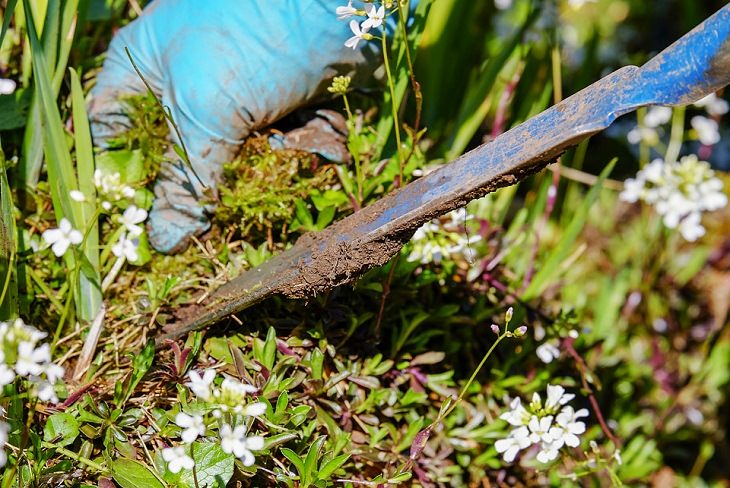
Having a general tidying up of your garden is a good exercise before the start of spring. Remove the leaves and other debris from flower beds and the border until you are back to the bare soil. The organic matter can be moved to the compost pile.
The main concern should be any weeds that might still be alive from the winter season. Clearing the weeds will tidy up space for your spring and summer plants to grow. The best way to deal with such weeds is to either burn them or put them in a bin. Composting weeds isn’t a good idea as the seeds will germinate and may cause problems later on. In fact, don’t leave any living weeds around, as they might come back later to fight with your garden plants.
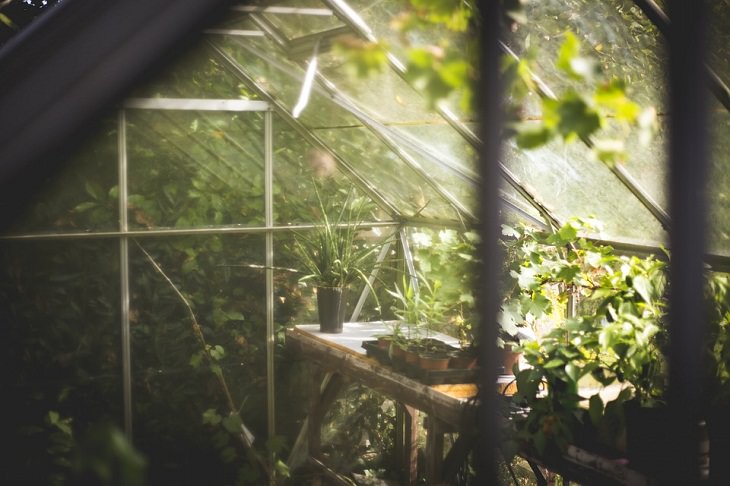
This is the best time to clean and wash your greenhouse and keep it ready for the seedlings and cuttings of spring. The outside of your greenhouse should be washed with disinfectant or detergent to help remove the algae, moss and general grime that would have accumulated over the winter season. Clearing them out will let in more sunlight for your plants during spring. Also, ensure that the inside of the glass is disinfected, too, because pests and disease can often survive the winter on them.
A hot solution of garden disinfectant should be used to clean the plant debris on the floor and benches.
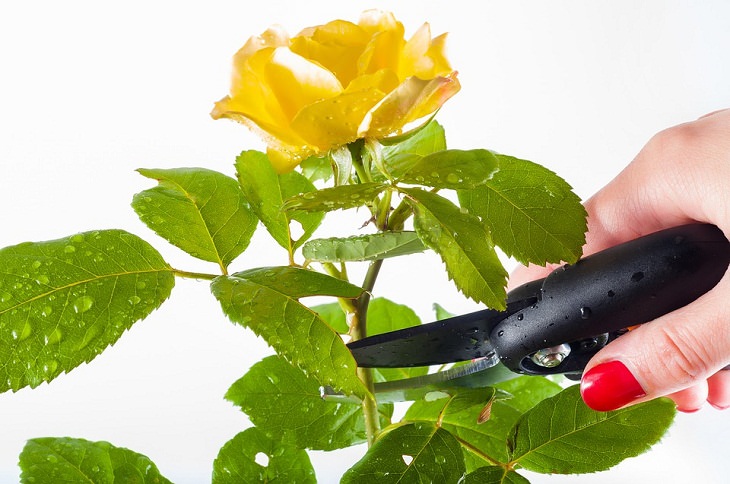
This is the time of the year when many trees or shrubs would require a good pruning. Late winter/early spring allows you to notice the branch structure well along with the shape of the plant before the buds break dormancy. Buddleia (Butterfly Bush), Cornus Canadensis (Flowering Dogwood), Lonicera (Honeysuckle), Hydrangea paniculata, and Cercis (Redbud) are some of the well-known plants that generally need a good pruning before spring. There are some summer-blooming plants like Spirea, Lagerstroemia (Crepe Myrtle), Rose, and Wisteria which would do with a decent prune.
However, some plants and flowers shouldn’t be pruned before spring because they bloom on old wood. There are a few of the plants that you must wait until after the bloom season for pruning. A few of those are spring-blooming Spirea, Camellia, Rhododendron (including Azalea), Forsythia, Hydrangea Macrophylla (Bigleaf), Syringa (Lilac), Magnolia, Kalmia (Mountain Laurel), and Weigela.
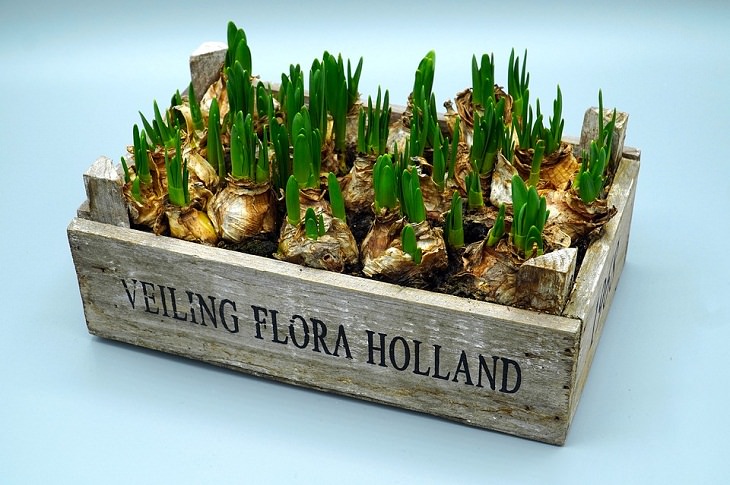
The weeks before spring is the perfect time to get summer-flowering bulbs and seeds. These bulbs give the best and the most dramatic-looking blooms and spring is the best time to plant them as most of them are too tender to survive cold winter months. There are flowers like Lilies, Tulips, Crocosmia, Dahlia, Gladioli and Ranunculi that can easily be ordered at the end of the winter season for an early-spring planting.
Another thing to do to prepare your garden for the coming months is to sow wildflower seeds. They will start to pop up in the spring and attract bees and butterflies to the garden which will, in turn, help the pollination process.
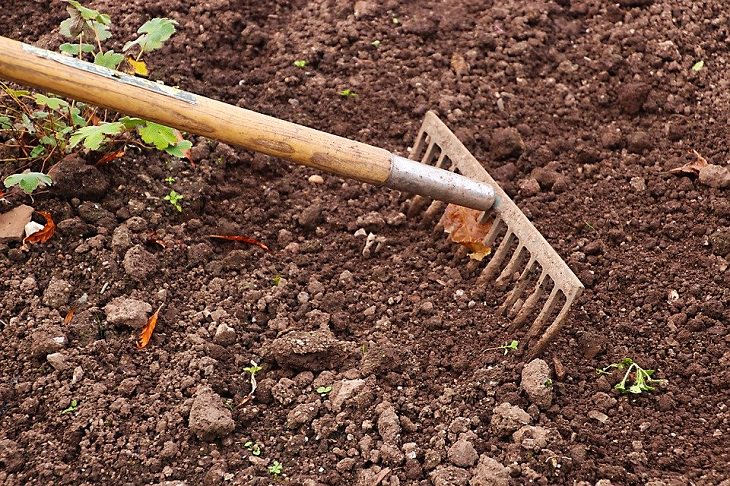
Re-energizing the soil before spring is the ideal way to get ready for the new season. Once the winter frost has lifted, the soil in the garden becomes workable. You will need to loosen the soil again by turning or tilling it. A sharp spade or tiller should be good to work the soil to a depth of up to 14 inches (35.5 cm). Mulch or leaf litter that is well-composted will be mixed in the soil in this process. The ones that are fresh would need to be removed first, though.
You can also re-energize the soil by adding compost. Firstly, a soil test to determine the nutrient and pH levels would be good, as you can then adjust the soil accordingly. If your existing soil is clay-based or poor, adding compost to it would enhance its texture, moisture retention, and nutrient content. Later on, you can rake the soil evenly before watering to allow it to settle down properly.
If your soil is particularly poor, then the best option would be to add a raised garden bed.
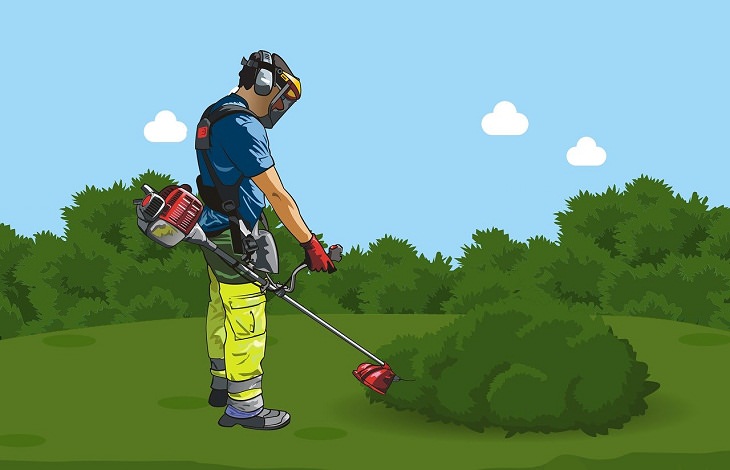
Just like each plant has a growing season, a lot of pests, too, have a prime season. Hibernating pests can become a big problem for your plants during spring and summer and it is vital to hunt them down now. Check for any slugs, snails and aphid colonies that may be taking shelter in the crowns of your perennial plants from the winter season.
White-vine-weevil larvae are also a dangerous breed of pests that live in the compost and feed on plant roots. Using parasitic nematodes or chemical drenches would be beneficial on most of these pests, especially the larvae. You can also opt for some less toxic pesticides to get rid of the cankerworms that are generally found in elm and apple trees.
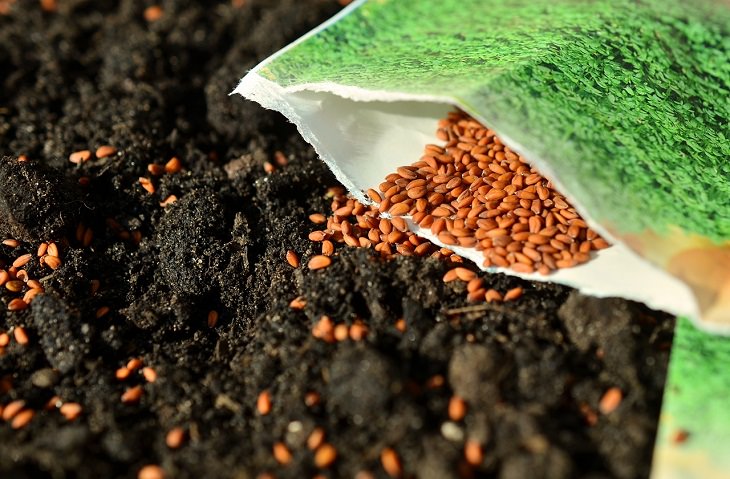
There are some seeds that require a longer growing season like geraniums (pelargoniums), begonias, antirrhinums, peppers, and aubergines. It would be best if you can start sowing their seeds before spring, allowing them enough time to grow and bloom by the time spring properly arrives. For good growth, you can start these seeds in a heated propagator.
There are also several plants that can be started indoors for planting out in spring. Some hardy vegetables such as onions, potatoes, artichokes, and lettuces are perfect to be planted at the end of winter. Bulbs and perennials, too, can be started prior to spring and are pretty straightforward to plant.

While perennials are great for any garden, they do tend to crowd each other out. They are often multiplied into big clumps and compete with other plants for moisture and nutrients in the soil. Perennials like Daylilies, Shasta Daisies and Hostas would be better served if they are divided in early spring.
There are a few ways in which you can divide these perennials. Firstly, make sure the plants are well watered. Then, dig up your perennial plant by loosening the soil around it. Pick up the clump and place it on the tarp. If the clump is growing tightly together, then the best option is to pull or cut the plant apart and then divide it. It is also important to remember that the perennials must be placed at the same depth they were growing when they had been dug up.
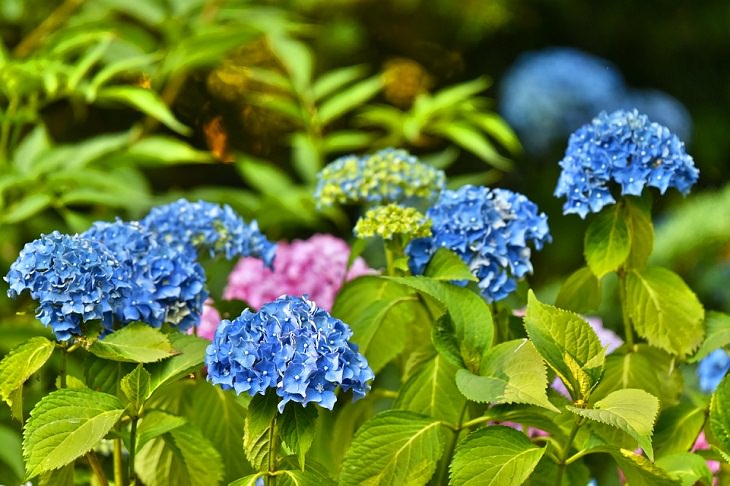
You are likely to have shrubs in your garden and transplanting them in early spring before their growth begins, is always a good option. The best way to move shrubs is with a ball of soil clinging to the roots. Make sure you take as much of the root ball as possible because then it can re-establish itself in its new location quickly.
Also, ensure that soil is moist while you are digging the shrub. If the soil you have is dry, then properly water the area 3 to 4 days before digging up the plant. When the shrub is replanted in the new location, it should be placed at the same level as it was previously in the soil.
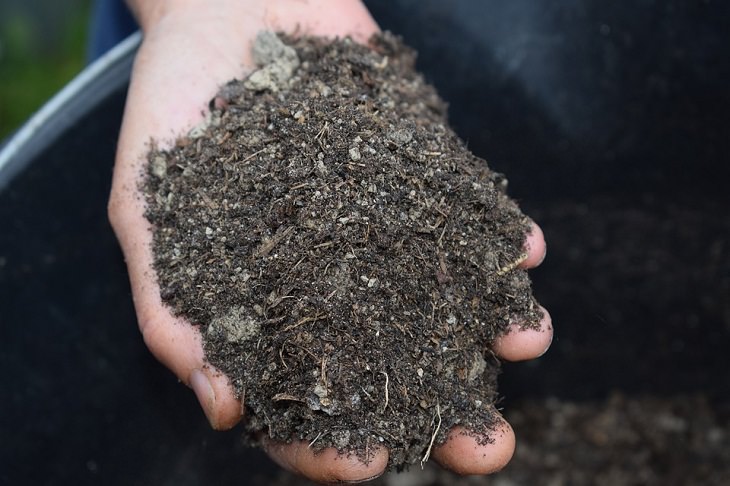
Mulching is the process of covering the topsoil surface of your garden with a layer of organic and inorganic materials. It is used to retain moisture in the soil, prevent weeds, and add to its visual appeal. When the weather breaks from winter, many homeowners opt for proper mulching of their gardens. Adding mulch is generally good for all seasons. In winter, the added layer of organic matter protects seeds from the cold. However, in spring, that layer holds in moisture to stimulate seed germination. A thick layer will also ensure that established plants are protected.
Mulching also helps in preventing soil erosion and stopping annoying and damaging pests like termites.
Related Articles:
10 Perennials That Will Serve Your Garden for Years
5 Guides for Vertical Gardening